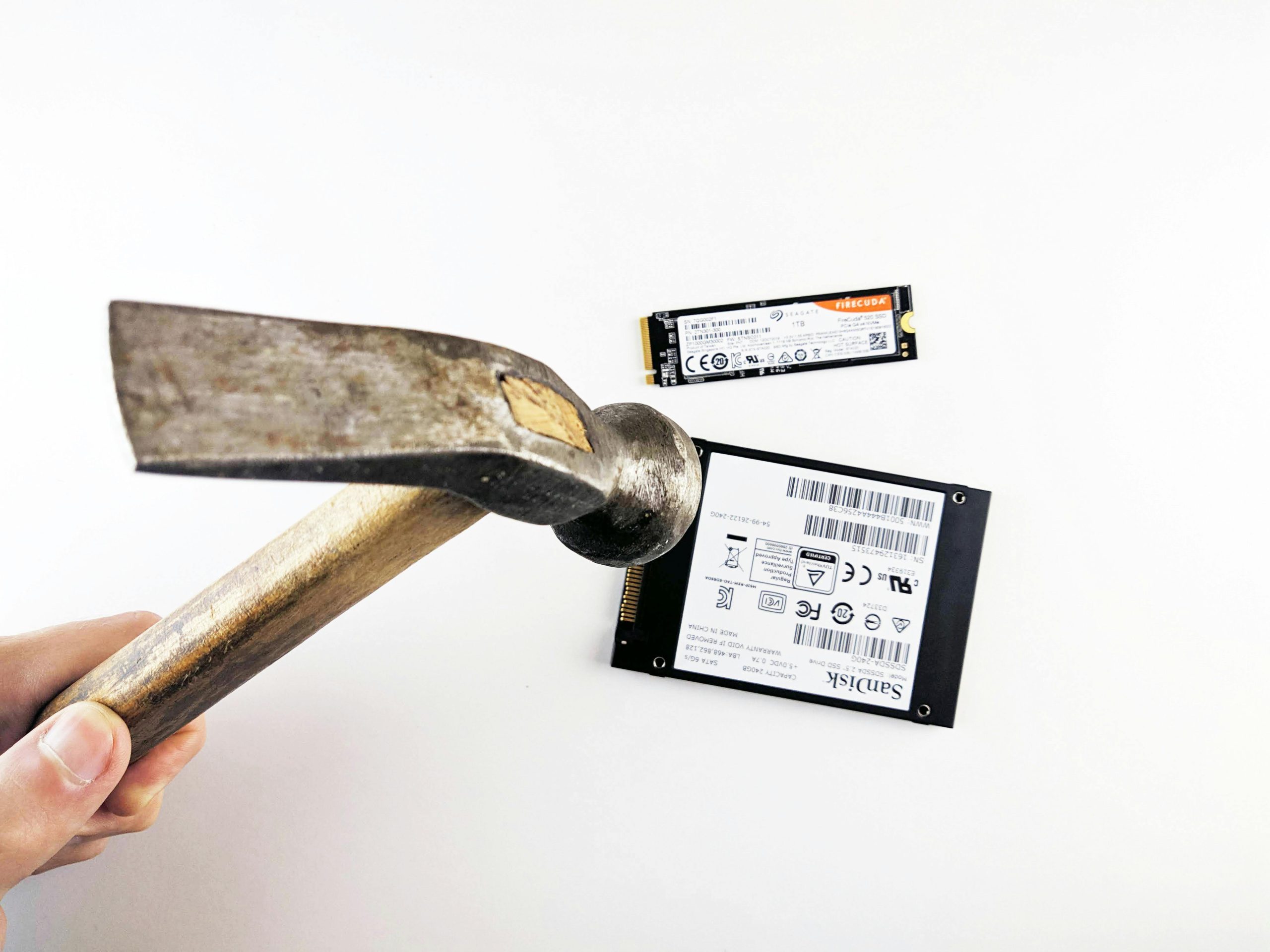Title: How to Restore an Old SSD From a Recovery Partition to a Usable Drive
Introduction:
Upgrading your computer’s storage can come with unexpected challenges, especially when dealing with disk management and partition issues. If you’ve recently replaced your primary SSD and inadvertently converted your old SSD into a recovery partition or otherwise rendered it unusable, you’re not alone. Fortunately, there are methods to recover and repurpose your old SSD, preserving your valuable data and restoring its functionality. This guide provides a comprehensive overview of steps to reformat and reclaim your old SSD.
Understanding the Situation:
In some cases, during hardware upgrades or disk management via command-line operations, a drive may be accidentally reconfigured, resulting in it being designated as a recovery or system partition. This can make the drive seem inaccessible for regular use. It’s essential to carefully analyze the drive’s current state before proceeding with recovery procedures.
Preliminary Precautions:
- Backup Data: If there’s any important data still residing on the drive, try to back it up using data recovery tools before modifications.
- Confirm Drive Identification: Use disk management tools to identify the affected drive to avoid accidental data loss on other disks.
Step-by-Step Recovery Process:
-
Identify the Drive:
-
Open Disk Management:
- On Windows, press Win + X and select ‘Disk Management’.
- Locate your old SSD:
- Look for disks marked as “Recovery,” “Unallocated,” or with other unusual labels.
-
Take note of the disk number (e.g., Disk 1).
-
Analyze Partition Structure:
-
Use Diskpart:
- Open Command Prompt as Administrator.
- Type
diskpartand press Enter. - List disks:
list disk. - Select your old SSD:
select disk X(replace X with the appropriate number). - Display partitions:
list partition. -
Assess whether the drive contains only recovery or system partitions.
-
Delete Existing Partitions:
-
Caution: This step will erase all data on the selected drive.
- In Diskpart:
- Select the disk:
select disk X. - Remove all partitions:
clean. -
The
cleancommand deletes all partition and volume information, effectively wiping the drive. -
Reformatting and Reinitializing:
-
After cleaning, initialize the disk:
- In Disk Management, right-click on the unallocated space and select ‘Initialize Disk’.
- Choose partition style
Share this content:



